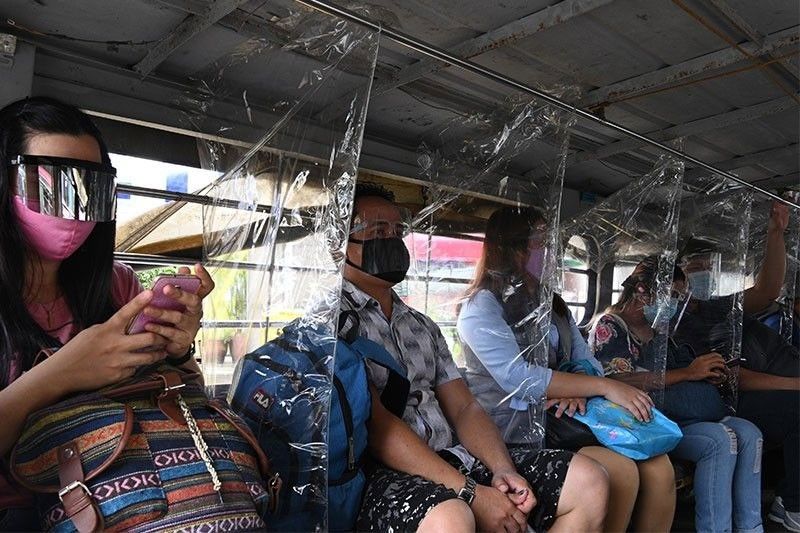‘New normal’ eyed in some areas – IATF

MANILA, Philippines — The government’s pandemic task force has approved in principle the placing of areas with no COVID-19 transmission under “new normal,” wherein a community is no longer under quarantine but is still required to follow safety protocols, Malacañang said yesterday.
The Inter-Agency Task Force for the Management of Emerging Infectious Diseases (IATF) defines “new normal” as “emerging behaviors, situations and minimum public health standards that will be institutionalized in common or routine practices and remain even after the pandemic while the disease is not totally eradicated.”
“It will be discussed. But it has been approved in principle that there would be a declaration of new normal areas. But they are still coming up with do’s and don’ts,” presidential spokesman Harry Roque said at a press briefing.
“These are the areas that do not have transmission for a long time. By doing this, we will have hope that the COVID-19 will also end. Even without a vaccine, some areas no longer have a transmission. Let’s see if they can go back to normal times somehow,” he added.
Roque said guidelines for the new normal are being crafted to discourage or prevent mass gatherings like rock concerts.
Metro Manila, Santiago City, Batangas, Tacloban City, Iligan City, Lanao del Sur, Davao City and Davao del Norte will be under general community quarantine until the end of January while the rest of the country will be under the most relaxed modified general community quarantine. President Duterte is expected to announce the quarantine classifications for February before the end of the month.
Roque said the decision on quarantine classifications would depend on the data on COVID-19 infections and the health care capacity of areas.
“The surge that we are worried about happened partly and we hope it has not increased on the 14th day after Dec. 31, New Year’s Eve and the 14th day of the Traslacion. But the good news is after Dec. 24, the increase in the number of COVID-19 cases slowed,” the Palace spokesman said.
Roque said the number of hospital beds remains sufficient but the percentage of available health facilities has decreased because of the surge in infections during the holidays.
He noted that the percentage of available intensive care unit beds went down to 58 percent from 60 percent, while the percentage of available mechanical ventilators was down to 76 percent from about 79 percent.
Roque said none of the regions are in the critical level in terms of health care capacity. The Davao and Cordillera regions, however, are nearing the “moderate levels.”
“Hopefully, since the spikes that we expected are over, it (health care capacity utilization rate) won’t reach the critical level or 70 percent,” Roque said.
- Latest
- Trending





























